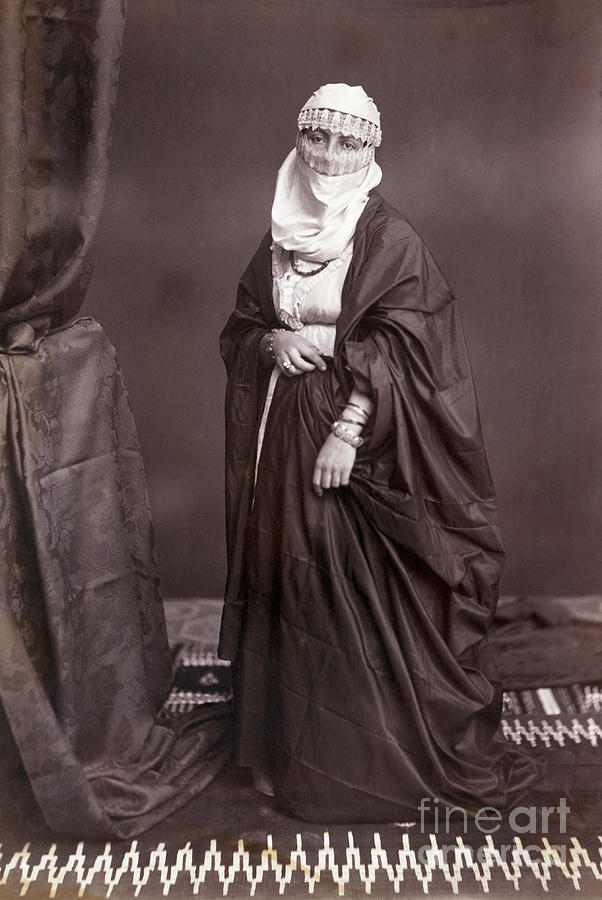Festive Season Fashion: Eastern Wear Pakistan Styles for Every Event
Festive Season Fashion: Eastern Wear Pakistan Styles for Every Event
Blog Article
Unlock the Keys of Timeless Eastern Wear
Checking out the enigmatic realm of timeless Eastern wear explores a realm where artistry, society, and background merge to produce garments that go beyond simple textile and string. The intricate tapestry of custom intertwined with contemporary components supplies a peek right into a globe where every stitch informs a story, every theme an icon of value. Revealing the tricks behind these developments reveals a tapestry of heritage waiting to be unraveled, welcoming one to trip with the spiritual beauty and aura of Eastern fashion.
History of Eastern Style
The background of Eastern style go back centuries, mirroring the abundant cultural heritage and traditions of varied areas across Asia. Each region flaunts its one-of-a-kind designs, fabrics, and layouts that have actually been influenced by factors like climate, religion, social standing, and trade routes. eastern wear pakistan. For instance, the detailed silk garments of China represent style and class, while the dynamic saris of India showcase a kaleidoscope of patterns and colors.
In Japan, the robe has actually been an icon of tradition and improvement for generations, with different styles used for different celebrations. The history of Eastern style is a tapestry of technology and practice, mixing ancient techniques with modern impacts to produce a dynamic and ever-evolving market.
Value of Typical Attire
Typical outfit works as a cultural emblem, symbolizing the worths, beliefs, and heritage of communities in Eastern societies. eastern wear pakistan. These garments are not merely pieces of material yet are symbolic depictions of the abundant background and customs gave through generations. In Eastern cultures, traditional outfit plays a considerable duty in events, events, and day-to-day life, mirroring the social standing, local associations, and also marital status of individuals
The importance of standard clothes exceeds visual appeals; it is a way for people to get in touch with their origins and reveal pride in their social identification. Each garment, from the detailed sarees of India to the flowing hanboks of Korea, carries with it a story of craftsmanship, significance, and significance that is deeply deep-rooted in the fabric of culture.
Additionally, standard clothing serves as a visual language, connecting stories of triumph, unity, and durability. By wearing these garments, individuals not just honor their heritage yet likewise contribute to the conservation and event of their cultural tradition.
Evolution of Eastern Embroideries
Eastern needleworks have a rich background that spans centuries and have actually continually developed to integrate diverse social impacts and react to shifting artistic patterns. The development of Eastern needleworks can be traced back to ancient worlds where intricate layouts were hand-stitched onto textiles using conventional techniques.

Today, Eastern needleworks proceed to evolve, blending traditional craftsmanship with modern-day layout sensibilities to create timeless items that commemorate the beauty of cultural variety and imaginative technology.
Elegant Fabrics in Eastern Use
Extravagant fabrics play an essential function in raising the visual allure and top quality of Eastern wear, improving the general allure and class of typical garments. Eastern wear is renowned for its extravagant materials that not only mirror the area's rich cultural heritage however likewise signify elegance and grace. Silk, a material identified with deluxe, is often used in crafting Eastern attire, imparting a glossy luster and a soft, smooth texture. The fine strings of silk not only drape beautifully however also include a touch of luxury to outfits.
Along with silk, materials like velour, chiffon, and brocade are also frequently featured in Eastern wear. Velvet brings a luxurious and stately feeling to conventional sets, while brocade, with its metallic strings and intricate patterns, includes a touch of majesty. Chiffon, on the other hand, is preferred for its ventilated and lightweight top qualities, making it a popular option for moving silhouettes and delicate decorations. These elegant textiles not just boost the visual appeal of Eastern wear however additionally ensure a feeling of refinement click and elegance that goes beyond time.
Incorporating Eastern Style Today
In modern style landscapes, the integration of Eastern affects presents a harmonious blend of cultural heritage and modern-day appearances. Designers and fashion fanatics alike are accepting the rich tapestry of Eastern fashion, incorporating typical aspects into modern-day silhouettes and styles. From detailed needlework to extravagant textiles and vibrant colors, Eastern style today offers a diverse variety of alternatives that accommodate an international target market.
One way Eastern style is making its mark in contemporary wardrobes is via the adaptation of conventional garments such as the robe, saree, or qipao into everyday wear. These pieces, when booked for unique occasions, are currently reimagined in even more laid-back types, allowing for their unification right into day-to-day style selections. additional reading In addition, using conventional patterns and concepts in Western-style garments includes a touch of exotic elegance to modern-day clothing.

Final Thought
In final thought, exploring the abundant history, importance, and evolution of Eastern style unveils a deep-rooted connection to heritage and worths. The luxurious materials and detailed embroideries of Eastern put on showcase the adaptability and eternity of conventional designs. Incorporating Eastern influences in contemporary fashion enables a blend of practice and innovation, producing an unified balance in between the past and the existing.
Extravagant fabrics play a pivotal function in raising the aesthetic allure and quality of Eastern wear, boosting the general allure and refinement of traditional garments. Developers and style fanatics alike are welcoming the rich tapestry of Eastern style, integrating typical elements into modern-day shapes and styles. From complex embroidery to lavish materials and vibrant shades, Eastern fashion today offers a diverse variety of choices that cater to a worldwide audience.
One way Eastern style is making its mark in modern closets is with the adaptation of traditional garments such as the kimono, saree, or qipao into day-to-day wear. The luxurious materials and complex needleworks of Eastern wear showcase the flexibility and timelessness of traditional designs.
Report this page